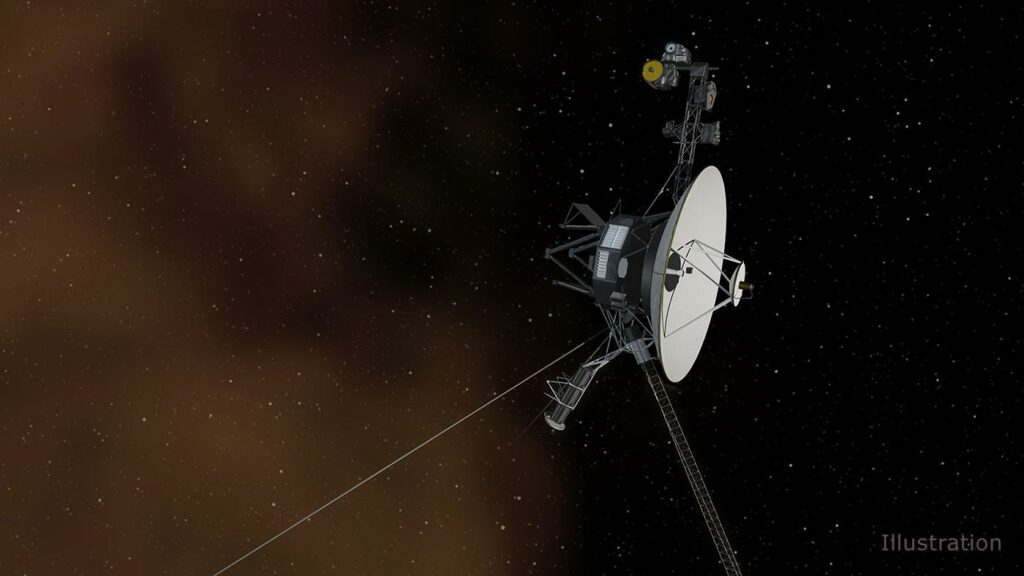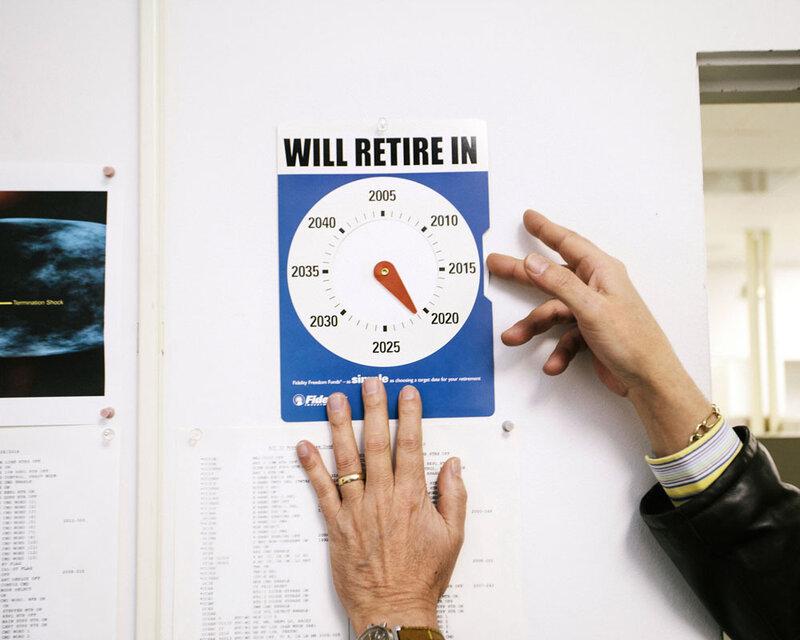NASA experts have come up with a way to find an additional source of energy for the Voyager 2 spacecraft. This will extend its life span for several years.
Problems with the energy of interstellar travelers
In 1977, NASA launched a pair of Voyager probes. During their grandiose journey, they visited all the giant planets, and then went out into interstellar space. Despite the fact that last year the spacecraft celebrated its 45th anniversary, they are still in touch and continue to send unique data about the situation outside the heliosphere to Earth. Voyager 2 now has five working scientific instruments, Voyager 1 has four instruments.

Unfortunately, this situation will not last forever. The fact is that the probes receive energy from radioisotope generators, which generate less and less energy every year. To delay the termination of their work, engineers have already taken a number of serious measures. They turned off all unnecessary systems, tools and a significant part of the heating elements.
These steps allowed them to gain time. However, by 2023, Voyager 2 had come very close to a situation where NASA would simply have no other choice but to start disabling its latest scientific instruments. Fortunately, engineers have come up with a way to give the spacecraft a few more years of life.
Additional power source for Voyager 2
In search of a way to avoid disconnecting Voyager 2, engineers paid attention to the built-in safety mechanism designed to protect the instruments in case of voltage changes. Since significant voltage fluctuations can damage the instruments, Voyager is equipped with a regulator, which in this case starts a backup circuit. Mission specialists decided to turn off this fuse and use the released energy to maintain the operation of scientific instruments.

According to the engineers, they have made this decision, because even after 45 years, the electrical systems of the probes are in a relatively stable condition. In addition, they will still have the ability to control the voltage and react in case of significant fluctuations. Of course, disabling the regulator carries some risks, but thanks to it Voyager 2 got a few extra years of life. Now the disconnection of its scientific instruments will begin not in 2023, but in 2026.
As for Voyager 1, the decision to disable its regulator will be made after evaluating the effectiveness of the proposed methodology. This is due to the fact that only four scientific instruments are functioning on board the probe, which gives it about a year more life time compared to Voyager 2.
According to https://www.nasa.gov
Follow us on Twitter to get the most interesting space news in time
https://twitter.com/ust_magazine

